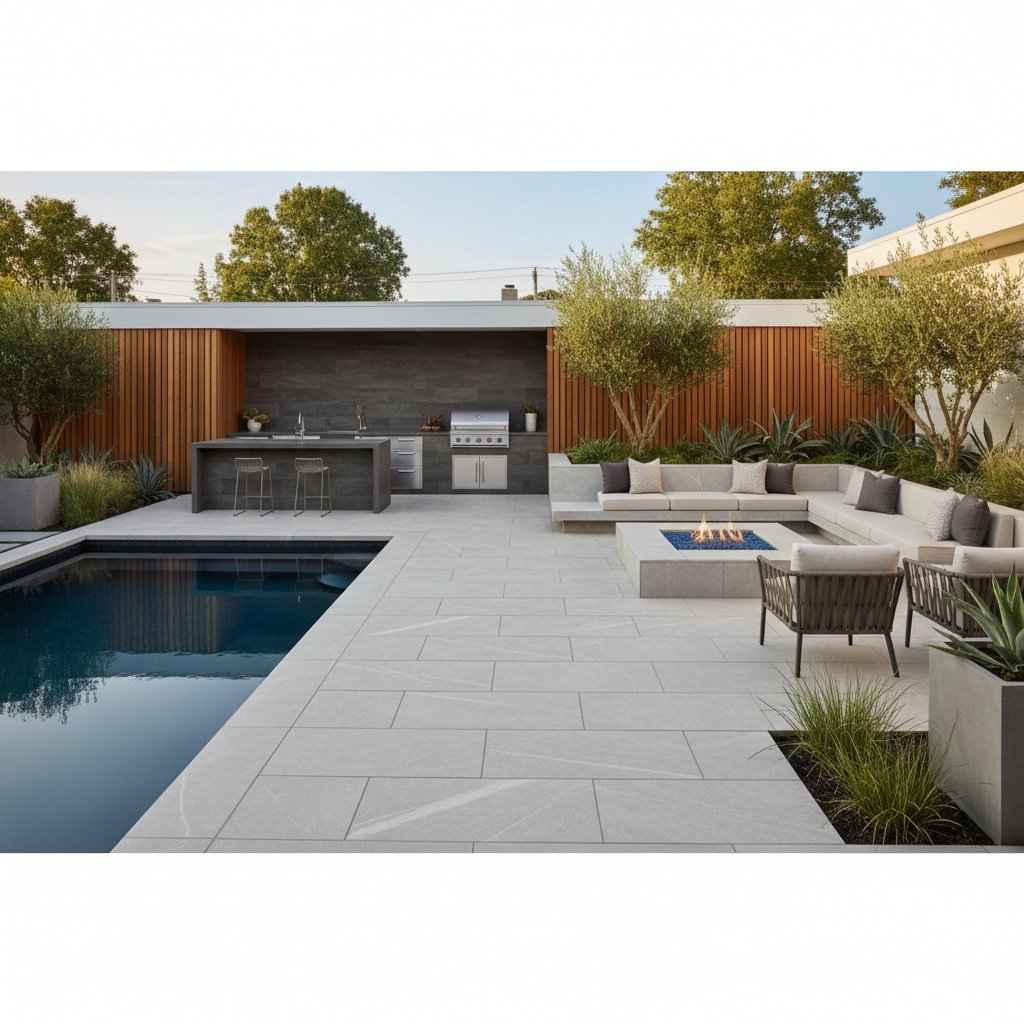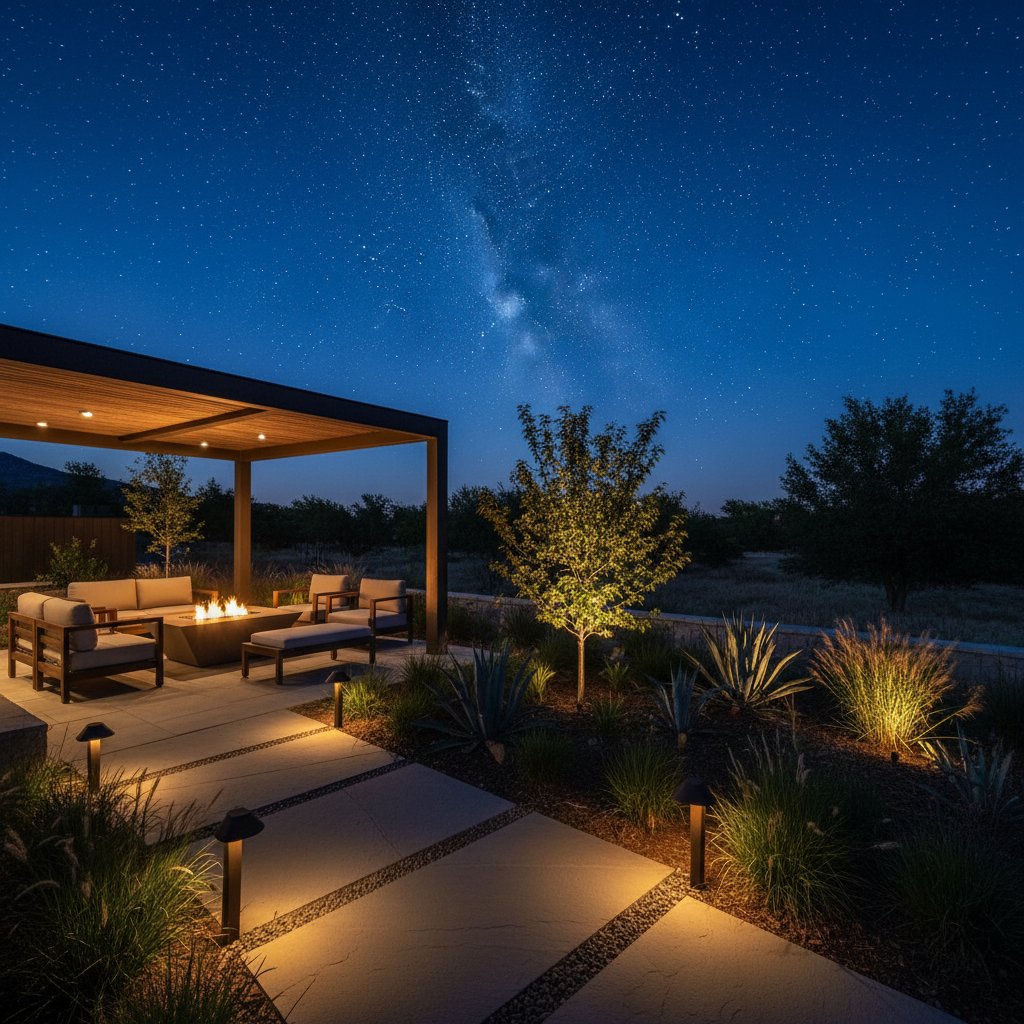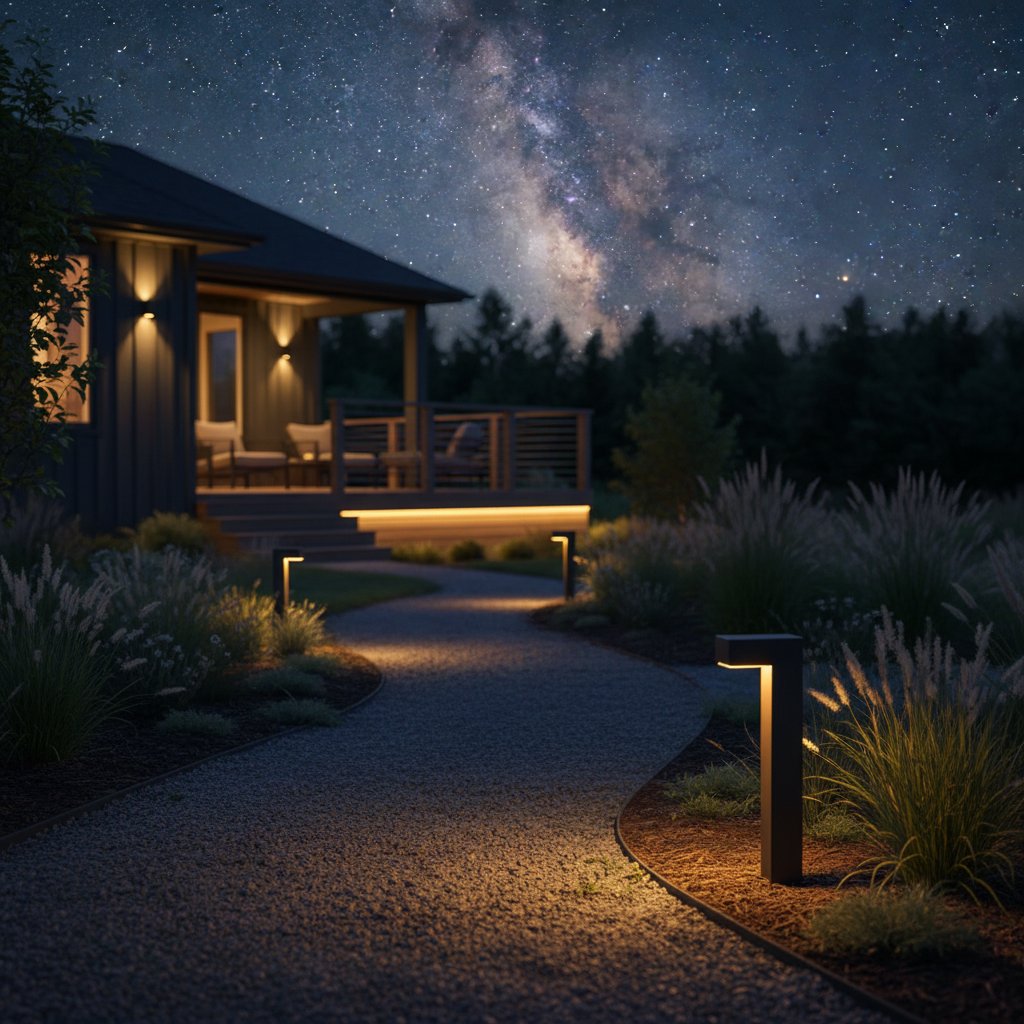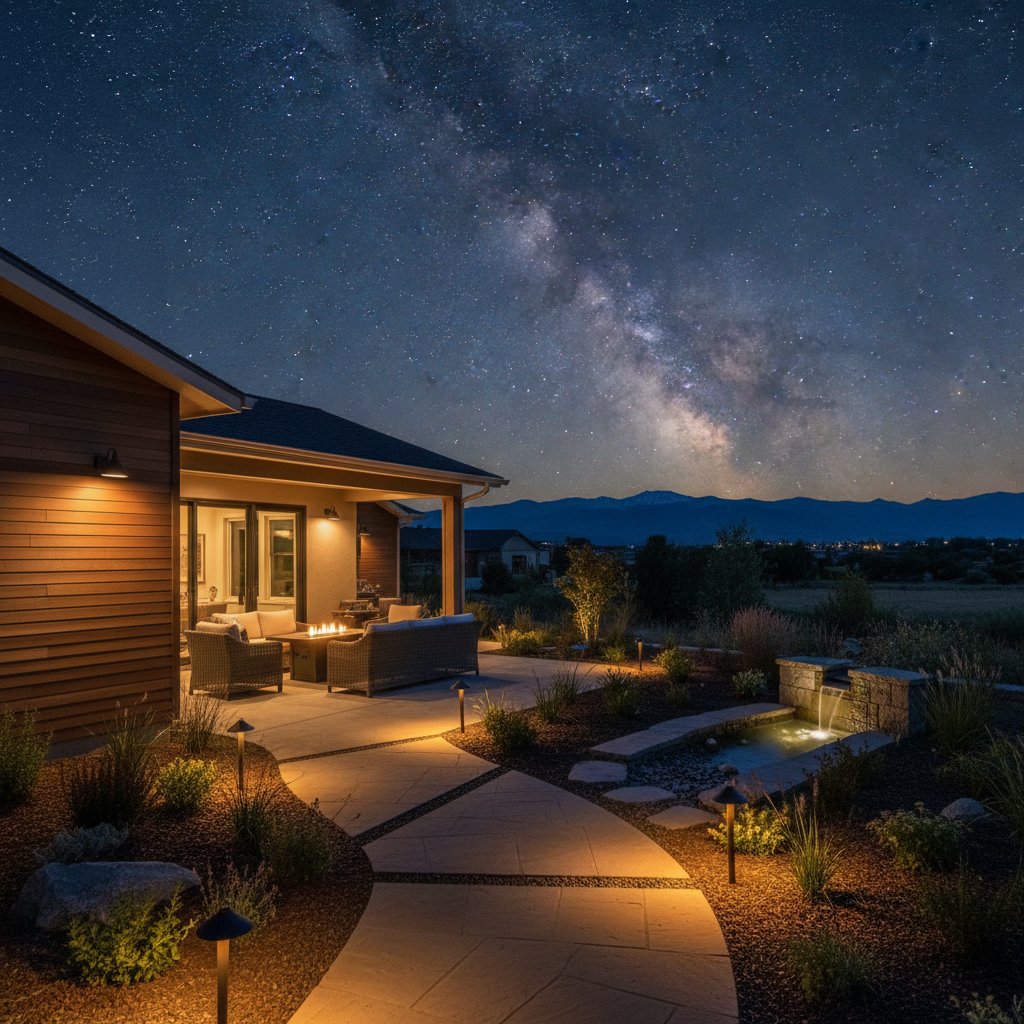Why Porcelain Pavers Outperform Natural Stone in Outdoor Design
Outdoor spaces serve as vital extensions of modern homes. Homeowners increasingly invest in patios, pool decks, and garden pathways that seamlessly blend with interior aesthetics. Porcelain pavers lead this evolution by merging the refined appearance of tile with the resilience of stone, earning preference among designers and residents alike.
Key Characteristics of Porcelain Pavers
Porcelain pavers derive from refined clay fired at intense temperatures, resulting in a dense, non-porous surface. This composition prevents water absorption, unlike natural stone or concrete, and provides resistance to stains, fading, and cracking under harsh weather conditions. Colors and textures integrate directly into the material during production, ensuring enduring uniformity.
These pavers typically measure three-quarters of an inch in thickness. They weigh more than indoor tiles yet less than most natural stones, facilitating simpler handling during setup. Available in formats like 24 by 24 inches or 12 by 48 inches, with options up to larger sizes from select brands, they promote a contemporary, uninterrupted visual in diverse outdoor environments.
Design Versatility and Aesthetic Appeal
Porcelain pavers attract users through their extensive customization options. Finishes replicate marble, limestone, concrete, or wood, allowing alignment with a home's architectural style for patios or walkways. Surfaces range from smooth for sleek modern designs to textured for enhanced grip near pools.
A broad color palette supports varied preferences. Neutral shades establish timeless elegance, while deeper hues provide striking contrast against foliage. Manufactured precision guarantees consistent coloration across pieces, enabling predictable patterns free from the inconsistencies common in natural stone.
Superior Durability and Minimal Upkeep
Porcelain pavers require far less maintenance than alternatives. No sealing proves necessary, in contrast to many stone or concrete options. Routine cleaning involves a hose rinse or gentle scrubbing with mild detergent, effectively combating mold, moss, and algae on moisture-prone areas.
The material withstands thermal fluctuations without fracturing, proving suitable for regions with severe freeze-thaw cycles. Under direct sunlight, the surface stays relatively cool, permitting comfortable barefoot traversal around pools. This combination ensures longevity and user convenience.
Pricing and Installation Considerations
Costs for porcelain pavers vary by design, thickness, and manufacturer, typically ranging from ten to twenty dollars per square foot, inclusive of labor. Although initial expenses exceed those of concrete, the extended service life and reduced maintenance yield superior value over time.
Multiple installation methods accommodate different sites. Dry-lay techniques over gravel bases suit ground-level applications, while adjustable pedestals support rooftop terraces or elevated decks. Mortar adhesion to concrete slabs offers permanence for high-traffic zones. Precise leveling and joint spacing remain essential due to the material's density; professional installers ensure optimal drainage and stability.
Environmental Advantages
Production of porcelain pavers utilizes natural clays without added sealers or synthetic coatings. Leading manufacturers incorporate water recycling and material reuse in their processes. The durability minimizes replacement frequency, curbing waste generation. Certain varieties qualify for full recycling at lifecycle's end, aligning with eco-conscious homeowner priorities.
Ideal Applications for Porcelain Pavers
Porcelain pavers adapt to numerous settings, enhancing functionality and form:
- Patios and Courtyards: They extend indoor flooring motifs to foster cohesive outdoor lounging areas.
- Pool Decks: Textured variants minimize slip risks, and colors resist degradation from UV exposure or chemicals.
- Walkways and Garden Paths: Expansive formats define clear routes, integrating smoothly with plantings.
- Driveways: Reinforced thicknesses endure vehicular loads when paired with robust sub-bases.
- Rooftop Terraces: Reduced weight on pedestal systems maximizes underutilized urban spaces without structural strain.
Porcelain Versus Alternative Materials
Concrete pavers appeal for affordability and conventional styling, yet they succumb to fading, chipping, and staining with age. Natural stone delivers distinctive allure but demands regular sealing against environmental wear. Porcelain pavers fuse tile's crisp aesthetics with stone's robustness, achieving premium visuals minus intensive care.
For upgrades on existing concrete slabs or patios, porcelain installs directly atop prior surfaces, avoiding extensive teardown. This approach streamlines renovations while elevating overall appeal.
Steps to Select and Install Porcelain Pavers
Assess your area's dimensions and intended purpose before selection. Consider furniture placement, foot traffic volume, and sunlight patterns to guide choices. Opt for colors and textures that harmonize with your residence and landscape elements.
Consult installers on drainage solutions and border treatments, as these influence performance longevity. Proper execution guarantees decades of reliable service, preserving the material's inherent elegance. Porcelain pavers thus provide an optimal blend of resilience, sophistication, and ease for enduring outdoor enhancements.



